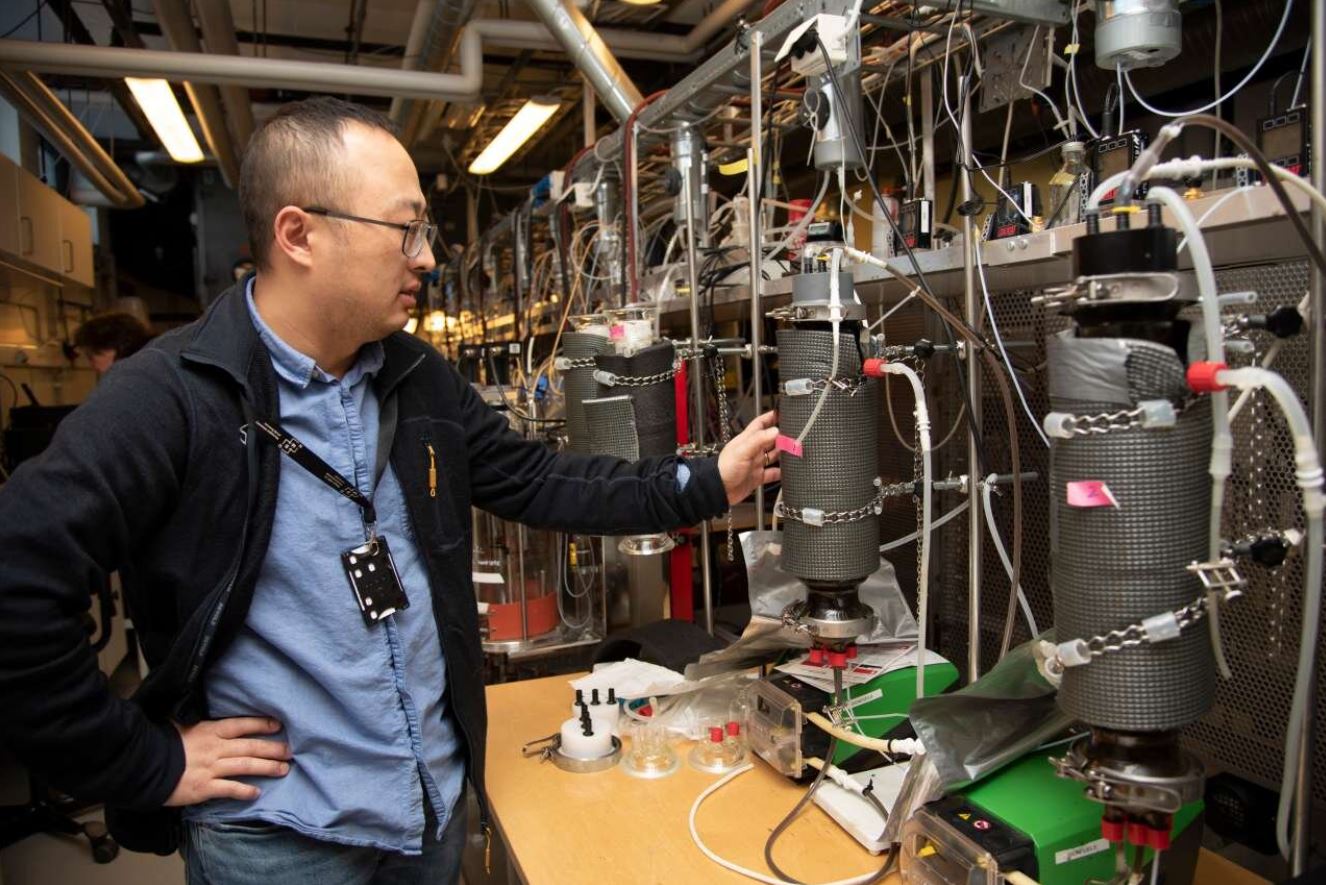 Researchers at the Norwegian Institute of Bioeconomy Research (NIBIO) are pioneering a method to turn greenhouse gases like CO₂ into renewable biomethane. By harnessing biofilms—thin layers of microorganisms—they’re converting harmful emissions into a clean-burning fuel. Dr. Lu Feng and his team are working hard to offer a more sustainable alternative to conventional natural gas, demonstrating that biomethane produced this way can reach over 96% purity.
Researchers at the Norwegian Institute of Bioeconomy Research (NIBIO) are pioneering a method to turn greenhouse gases like CO₂ into renewable biomethane. By harnessing biofilms—thin layers of microorganisms—they’re converting harmful emissions into a clean-burning fuel. Dr. Lu Feng and his team are working hard to offer a more sustainable alternative to conventional natural gas, demonstrating that biomethane produced this way can reach over 96% purity.
This approach departs from traditional biogas production, which depends on breaking down organic waste. Instead, selected microorganisms in biofilms capture CO₂ in oxygen-free environments, ensuring an efficient gas transformation. The team even enhanced the process by introducing specific methane-producing microbes through bioaugmentation, and they used small plastic carriers as a scaffold for bacterial growth. Such carriers are common in water and waste treatment, and here they help improve gas‐liquid contact while withstanding substances like ammonia and hydrogen sulfide (H₂S).
What makes this method stand out is its stability. While traditional systems might lose up to 30% of methane quality under high H₂S conditions, biofilm reactors maintain excellence even when challenged by high levels of ammonia and other inhibitors. The research also suggests that these systems can adapt to process syngas—a mix of hydrogen and carbon monoxide—and even waste materials like plastic or woody biomass.
By optimising biofilm processes, the research offers a flexible platform for cleaner, more efficient biogas production. If you’ve ever grappled with the challenges of sustainable energy production, this innovation might just be the practical solution we need. It’s a promising step towards reducing emissions and generating renewable energy at an industrial scale.








